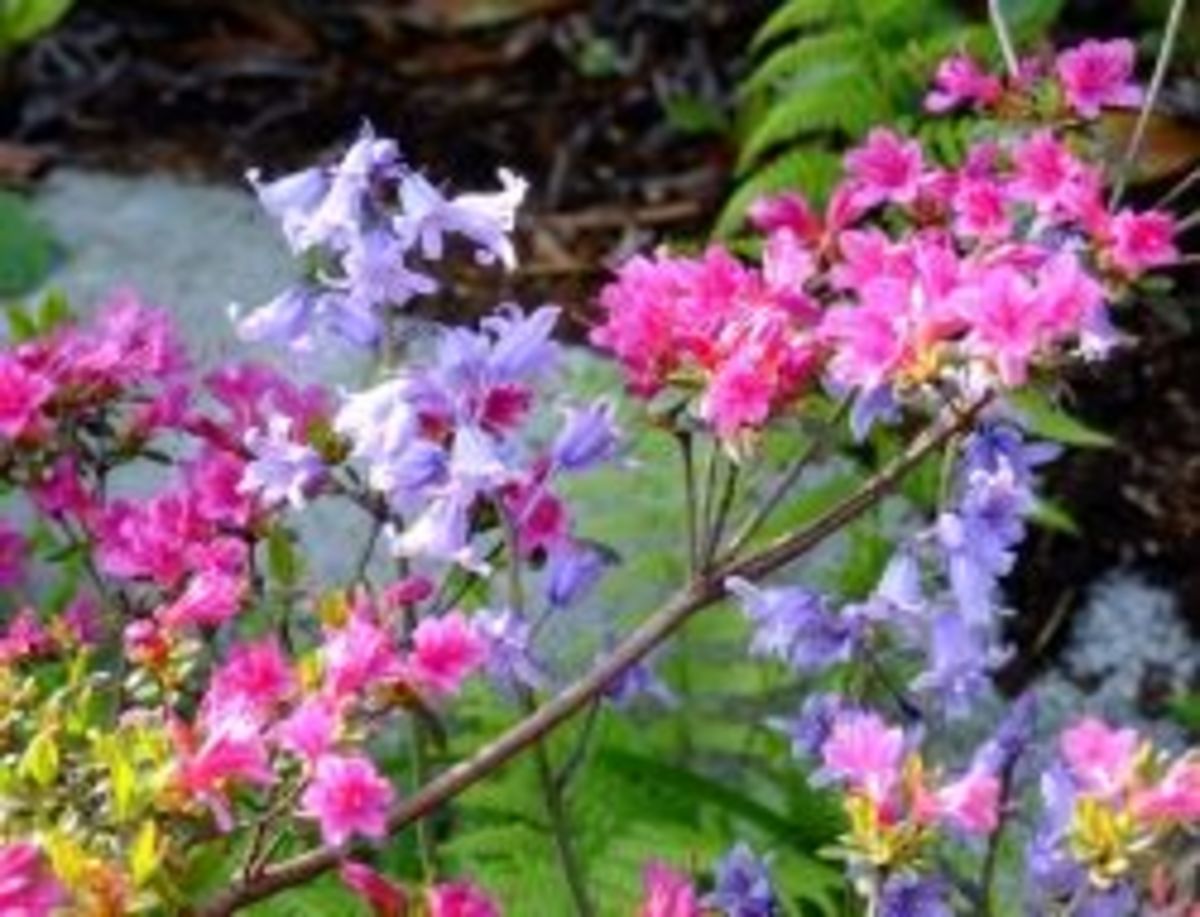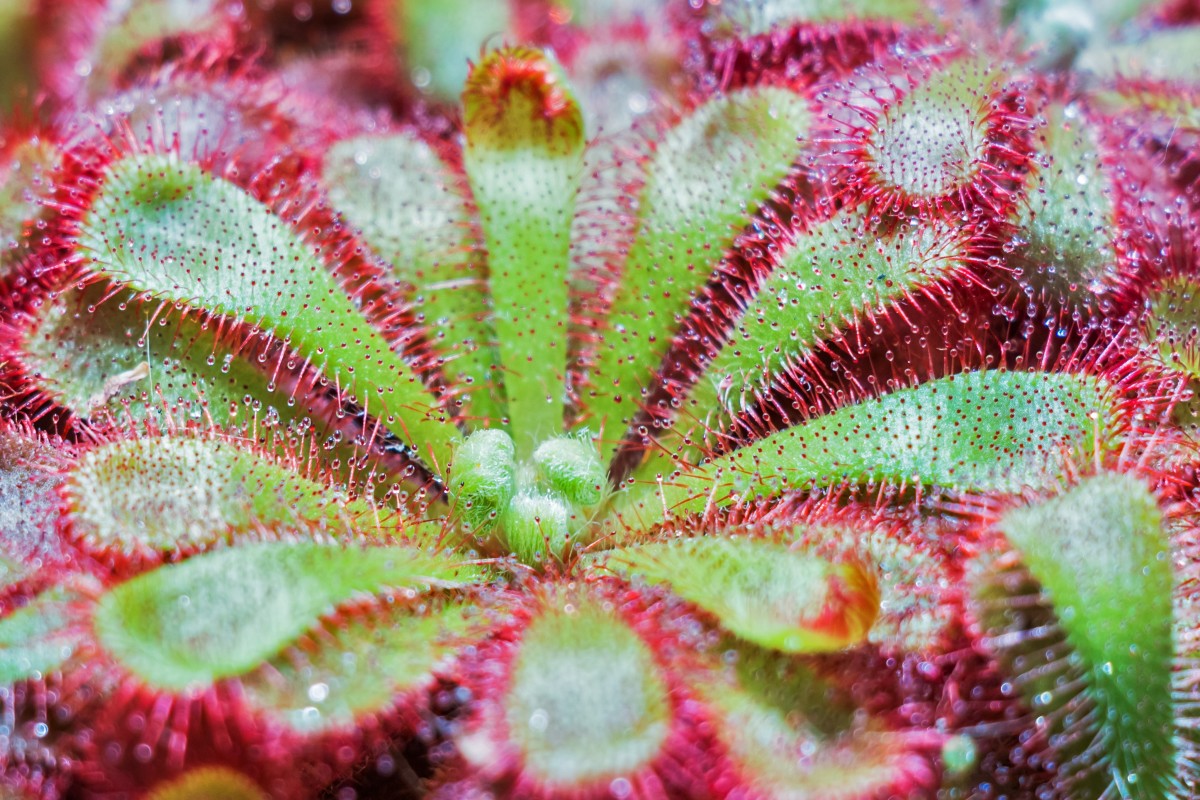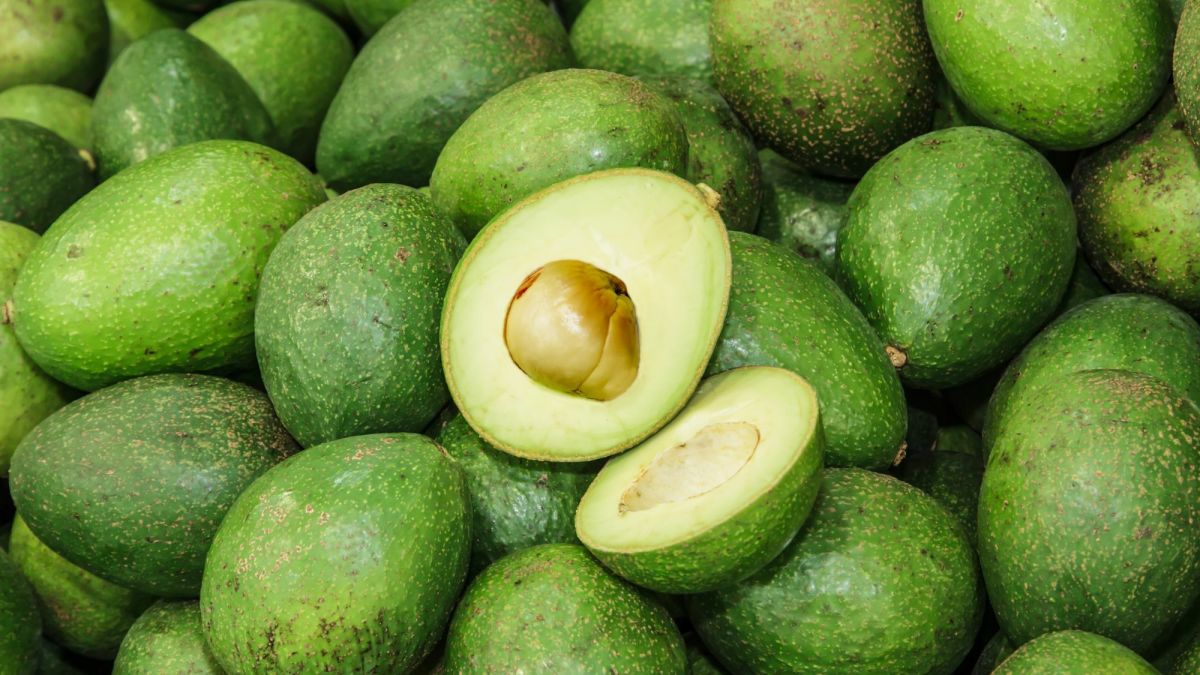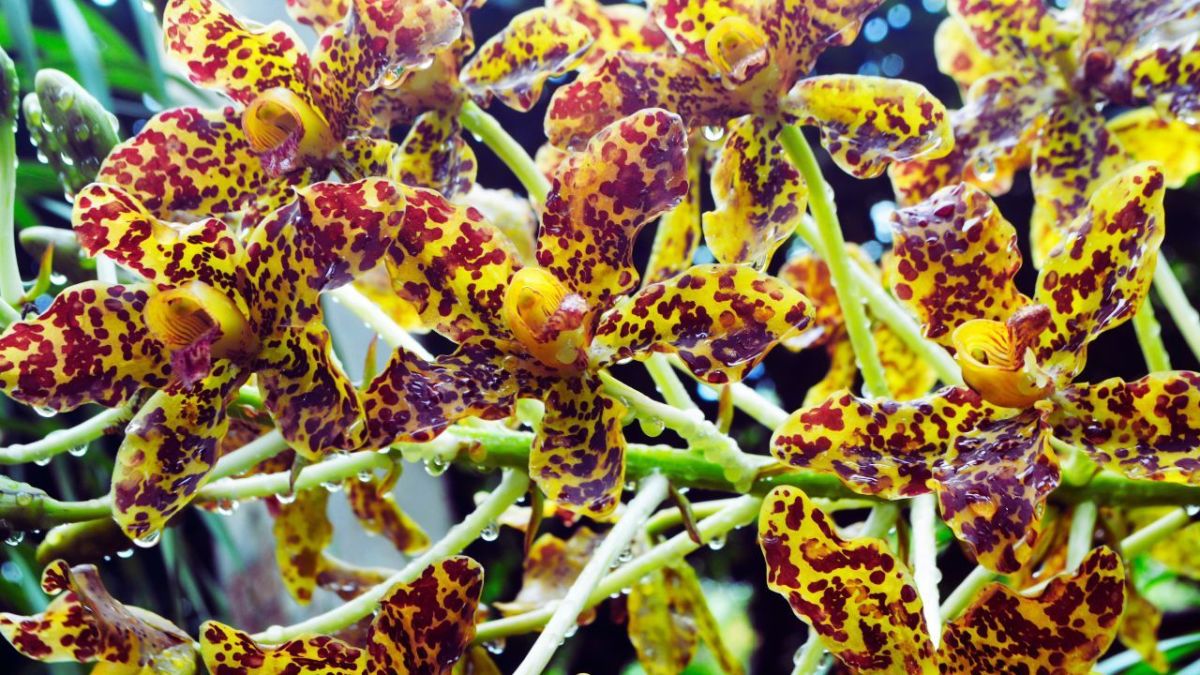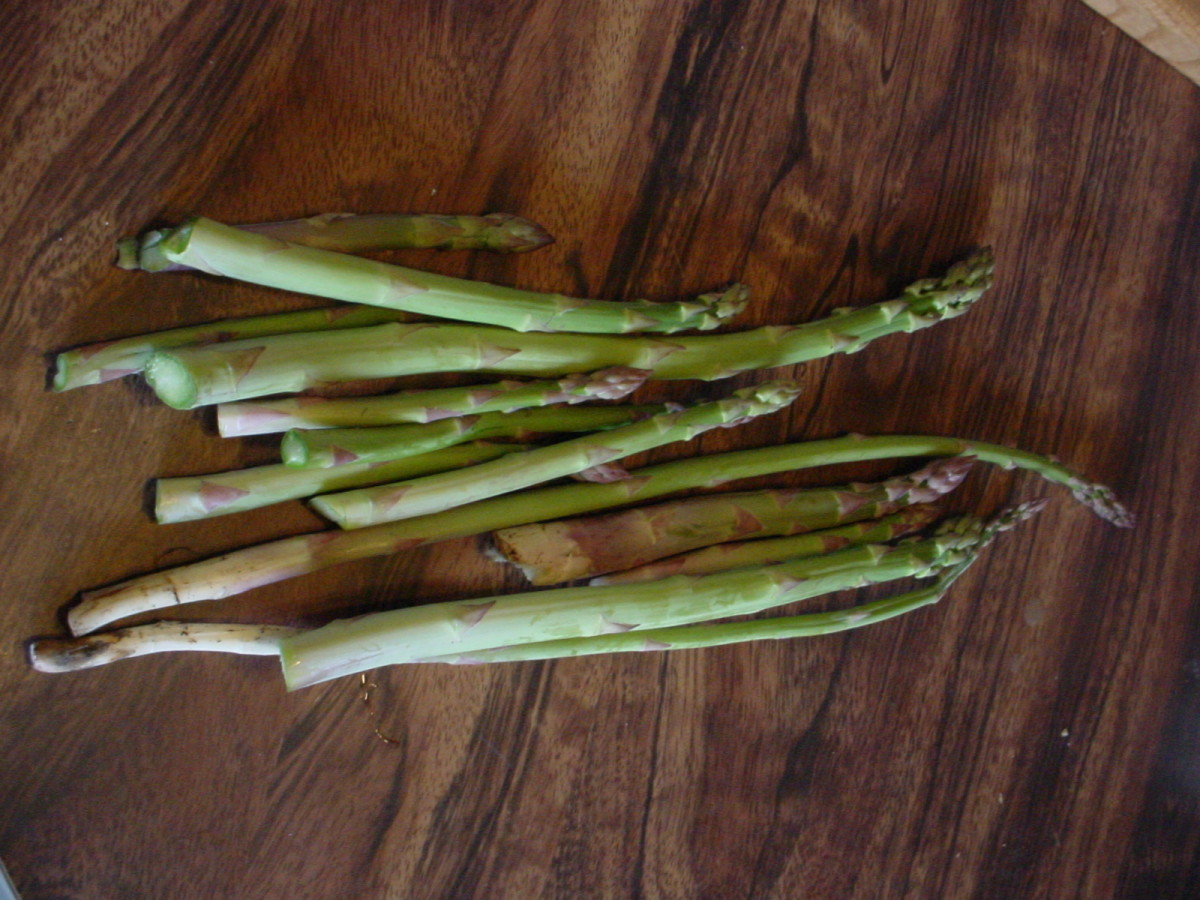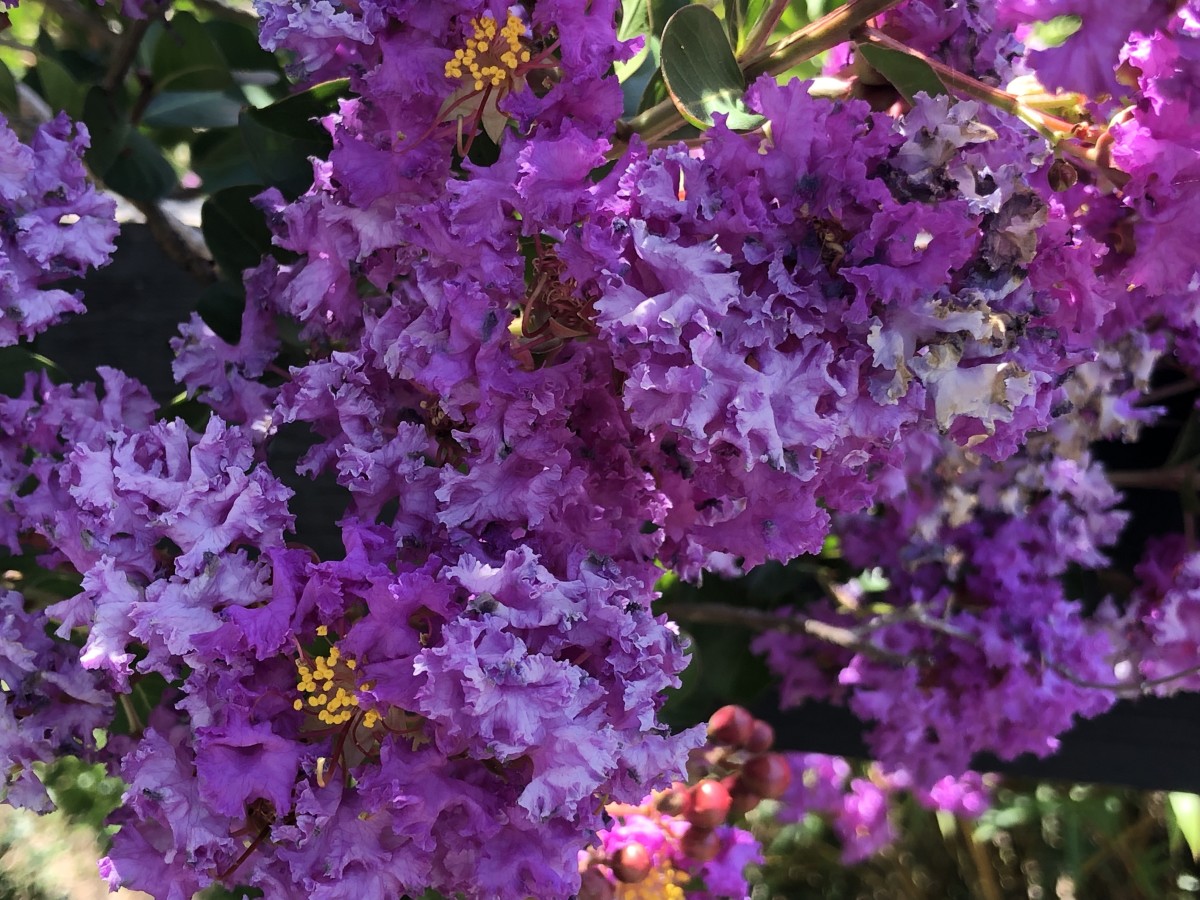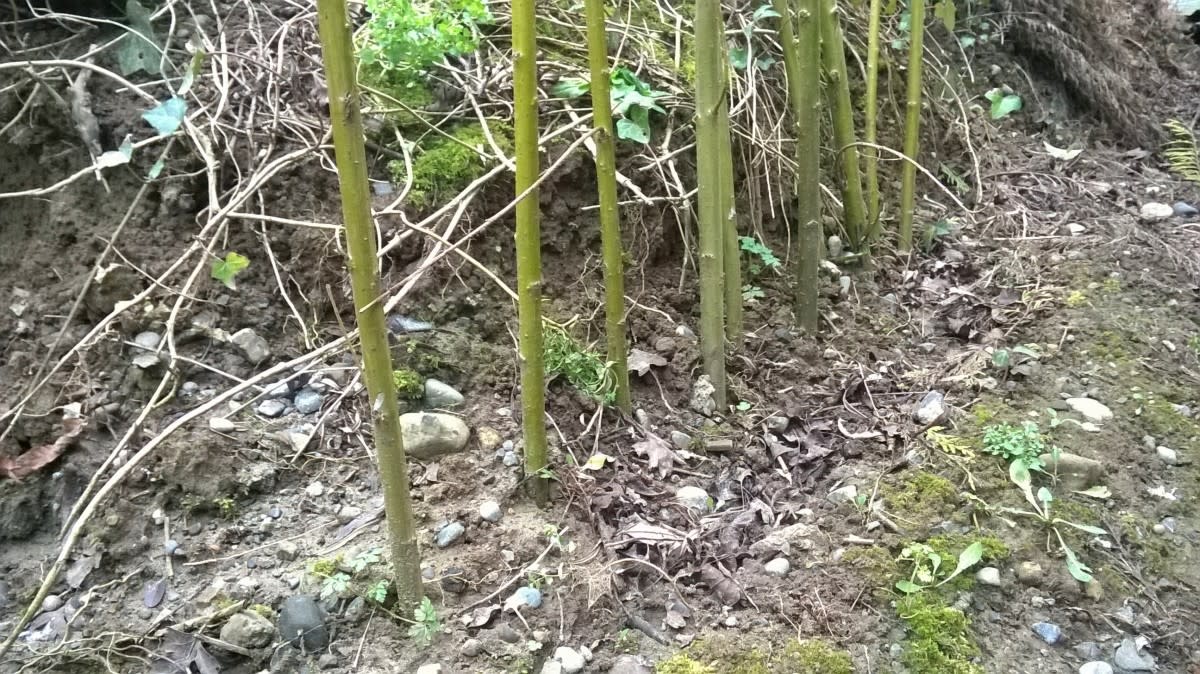10 Easy Starter Plants for Beginner Gardeners
Those of us with a green thumb can’t help but find ourselves enamored by the scent of fresh soil. Considering that the early portion of this year has kicked off with uncertainty, doubt, stress, and anxiety, it’s essential to find a place of solace in the midst of it all. Starting a miniature garden or tending to a few houseplants is an extremely effective way to unwind and escape all the turmoil and drama that exists in the world around us.
Little known fact, the natural microbes present in the dirt promote increased serotonin in the brain. Much like having a pet, caring for your own plant helps to maintain a sense of structure, routine, and normalcy when tensions are high.
Whether you’re losing your mind in quarantine or you’re just interested in picking up a new hobby, you’ll find that the varieties listed below are the perfect (and the easiest) places to start!
Succulents
Succulents are the best option for newbies, especially if you live in a significantly hot, dry climate. Aloe Vera specifically is both a durable and useful for treating sunburns or as an option for cooking. When broken, the arms of the plant will heal and replace themselves rather quickly.
They actually grow so rapidly that they need to be repotted every couple of months. Succulents reproduce by forming offsets, which are small, baby-like plants with their own root system. This means that at some point, you’ll either have a bunch of new plants to play with, or lots of gifts to give away during the holidays!
Mint
It's nearly impossible to kill mint plants since they're considered to be an invasive species. Even if you forget to water them for a week and find them scorched, they'll survive as long as you hydrate them before the roots dry out.
Once you're plant is has become a matured, full bush, you can start using your mint leaves for a variety of different things. After you've grown your first plant, you'll never need to buy another one. You can continuously pull out a vine with roots attached and create a whole new plant with ease.
I personally prefer Spearmint over the others because the smell is strong and the leaves have a deep shade of green. It's an attractive plant that can be grown indoors or outdoors, and it's incredibly easy to care for.
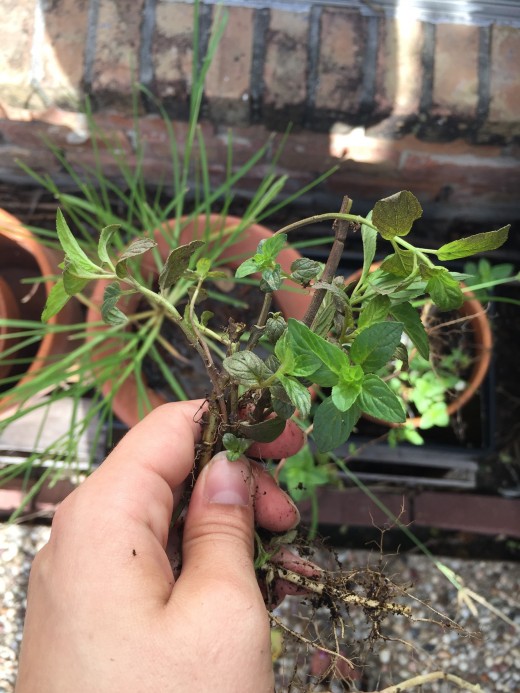
Garlic Bulbs
Garlic is one of those awesome plants that doesn't even need sunlight or water to start sprouting, it just does it on it's own! If you've got old garlic sprouting in your kitchen, place the bulbs in some dirt, add some water and wait.
Garlic typically takes about nine months to fully mature, so be patient and don't forget to water them. Garlic is a perfect starter plant for new gardeners, the only tricky part is harvesting when the time is right.
Onion Chives
Onion chives take very little effort in terms of care, these tasty plants can survive outside of sunlight and water for weeks. Once an old onion starts to sprout, just place it in some soil and water when the top soil is dry to the touch. Within a few weeks you’ll have fresh garnish available for your recipes!
Orchids
Now, orchids aren't the type of plant you can neglect and expect it to survive. However, orchids love water and sunlight, so as long as you remember to give them a good soak every 2-3 days, they should survive. I live in an extremely hot and humid climate, so I have to drench my orchids to keep them happy.
The good news is, I've never seen them unhappy from over watering or too much light. Some plants shrivel up and die pretty quickly, but your orchids should last awhile before you start to notice dryness or discoloration in your leaves.
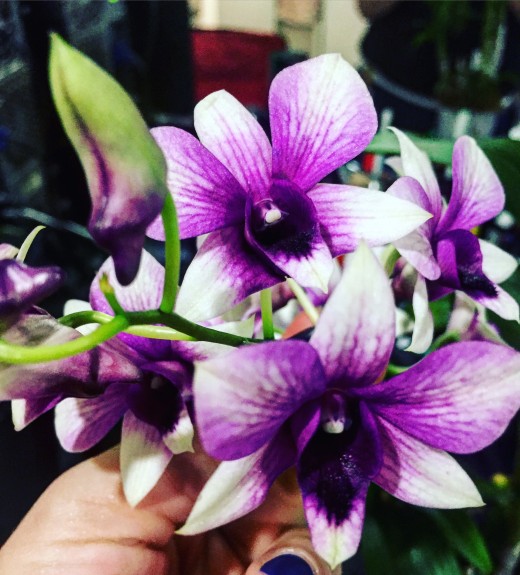
Bamboo
Making an excellent house plant, bamboo is incredibly strong, maintains longevity, and doesn't require much attention. Since bamboo naturally grows in muddy waters, you don't need any soil for it.
A glass, or plastic vase with some decorative rocks is more than enough to hold your bamboo in place and give a home to its roots. It can be grown in the shade and won't die if it's not in direct sunlight.
Lettuce
It's pretty simple to grow, water alone will do. Lettuce is sensitive however, and has a tendency to rot and develop mold if not grown properly. When using scraps from the grocery store, leave a little bit of foliage around the "butt." The butt is firm end around the bottom of your lettuce, most people chop it off and throw it away. Instead, peel the leaves away so there are only 3-4 left and place the bottom part in shallow water.
After a week or two, you should notice new leaves and roots forming. Now you'll never need to buy lettuce again! Be sure dump the water and add a clean batch every 2-3 days.
Basil
Just like lettuce and mint, basil is an easy herb to produce in water. If you happen to have a few sprigs of basil leftover from an older batch that hasn't begun to rot yet, plant them!
All you need is a glass jar and water, that's it. Place your basil sprigs in the jar, and change out the water daily to keep bacteria from growing. In about a week, you should have some fully matured roots that are ready to be planted in soil.
Tomato
Now, if you're really hoping for a successful crop that yields a large harvest, I wouldn't say this is a "beginner" plant. However, once you've adjusted to the needs of the previously listed plants, you'll have a better idea of how to take care of a tomato plant.
I enjoy planting tomatoes because they're so easy to sprout and keep alive....while they're young. Once they start to get a bit bigger, they need to be watered every day, especially if you live in the south. In Texas, the summer sun can scorch your tomato plants once the noon heat arrives. Place them somewhere that they will receive plenty of sunlight, but allows for shade as the light rotates throughout the day.
If you'd rather get a store bought plant, that's fine too. Just makes sure it hasn't started producing tomatoes already. I made the mistake of doing this and never saw another tomato come off of that particular plant.
Bean Sprouts
Who doesn't love sprouts? Eat them for breakfast, lunch, dinner, and plant the ones you don't use. This one is especially fun for children because they can be grown inside a bottle!
See the video below for a thorough and detailed guide.
This content is accurate and true to the best of the author’s knowledge and is not meant to substitute for formal and individualized advice from a qualified professional.
© 2018 Clovis J. Winters


